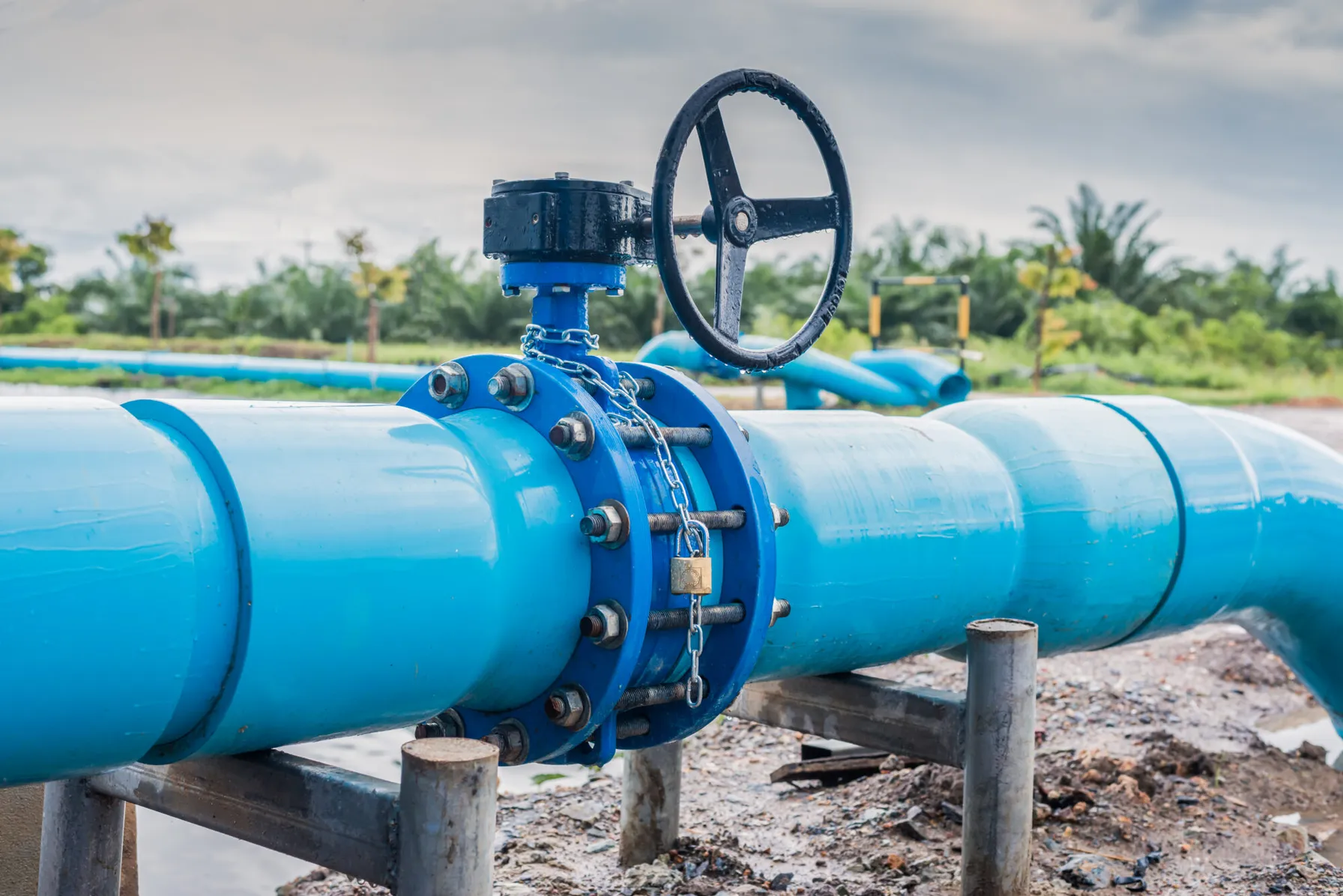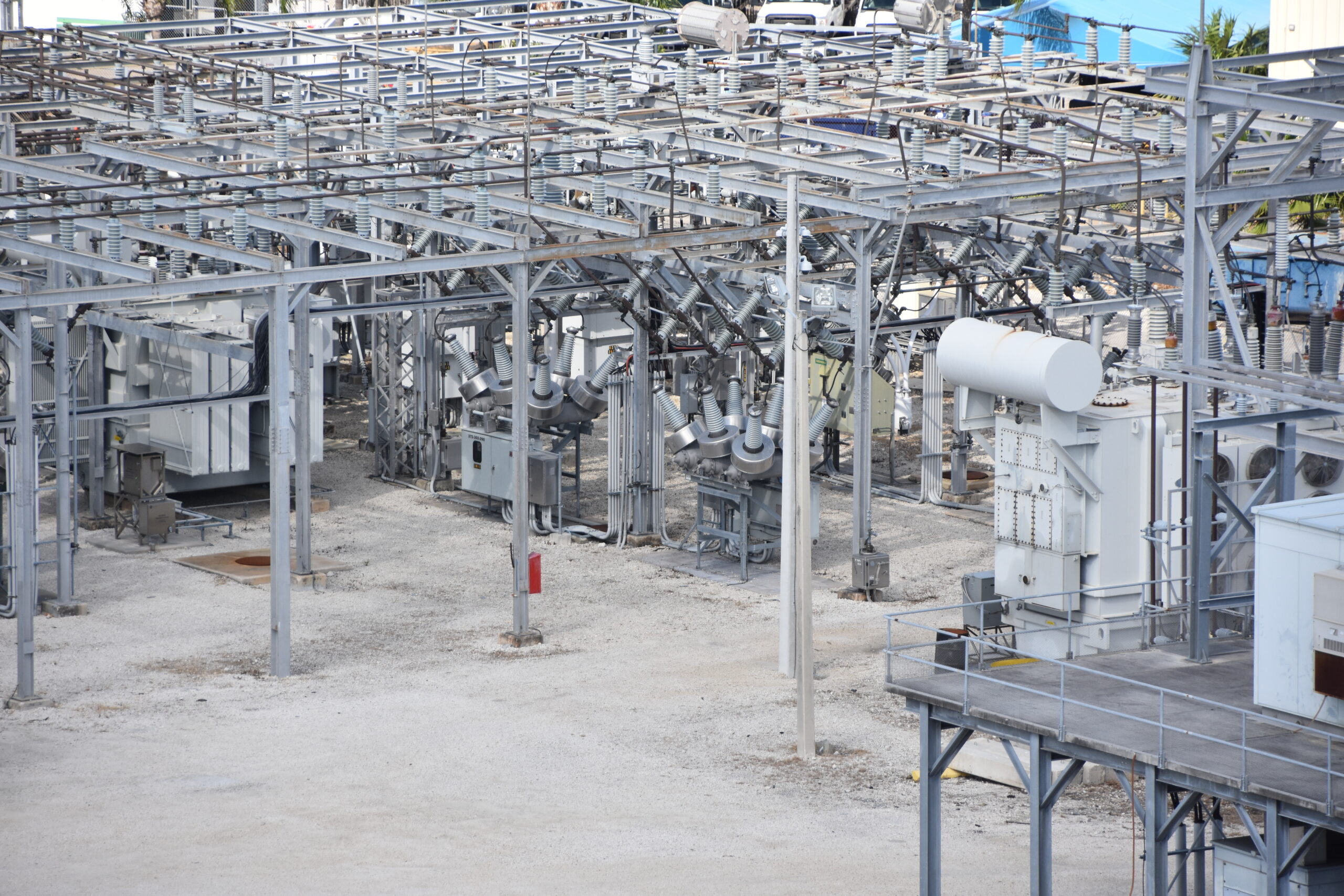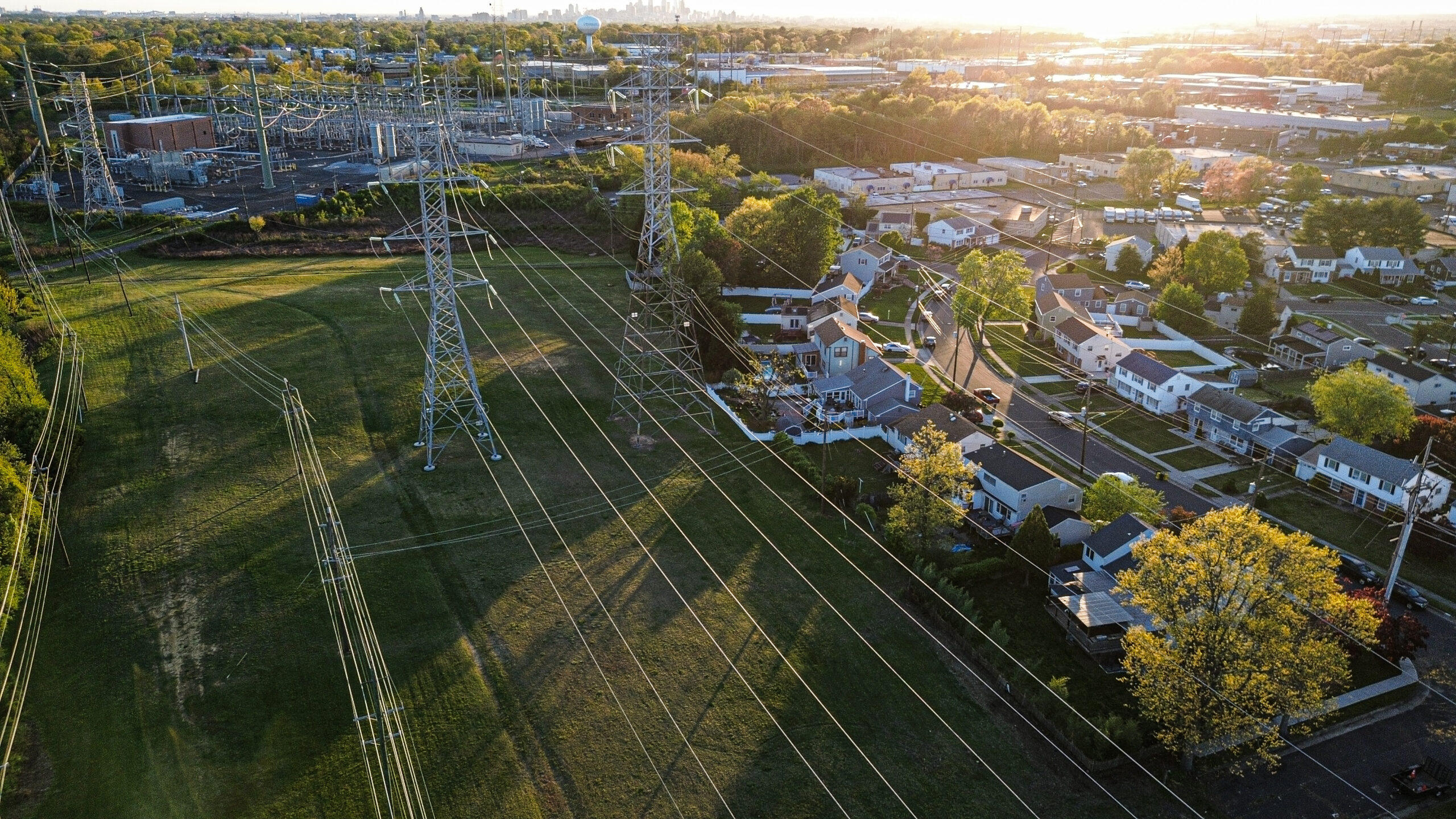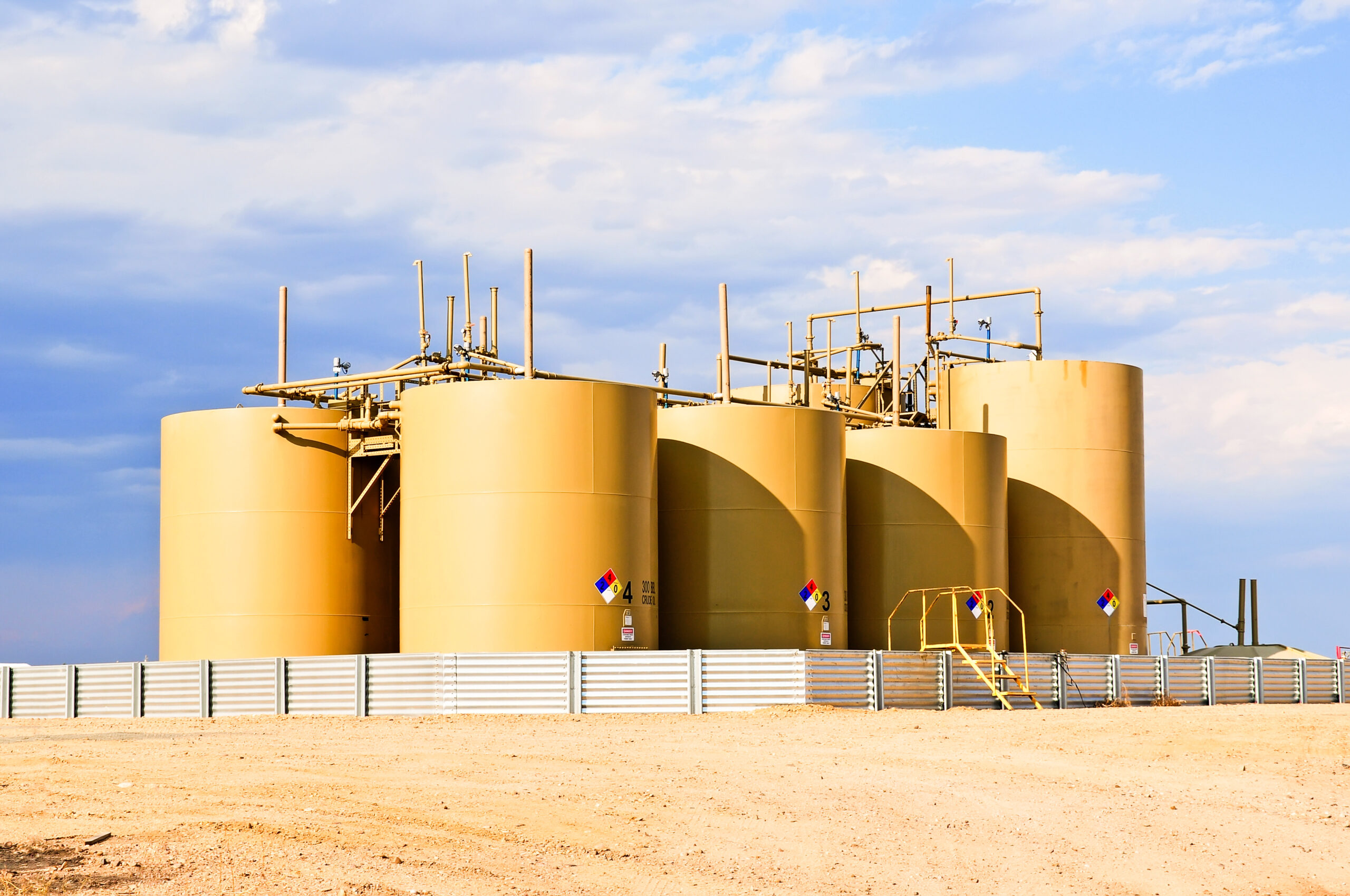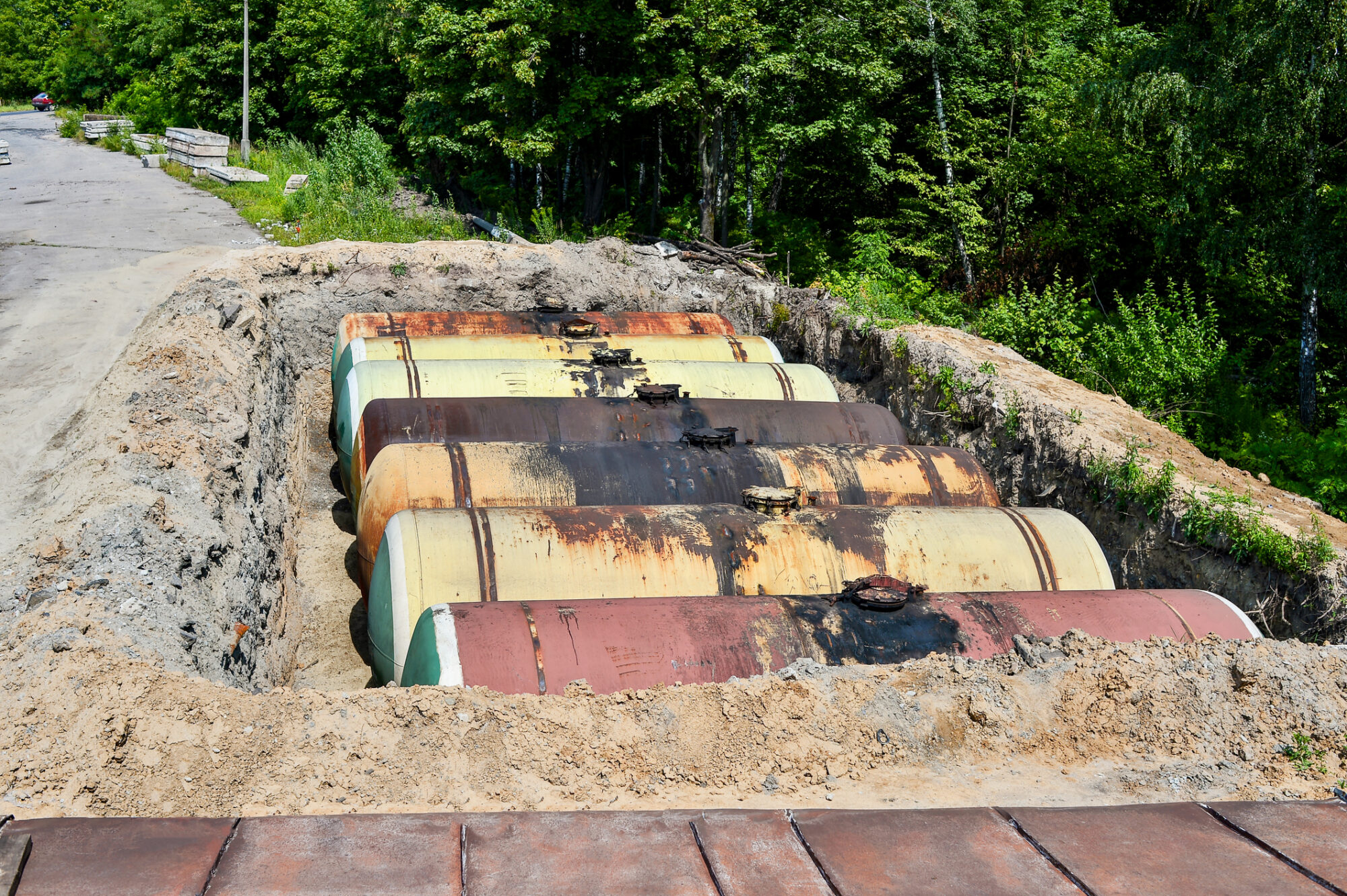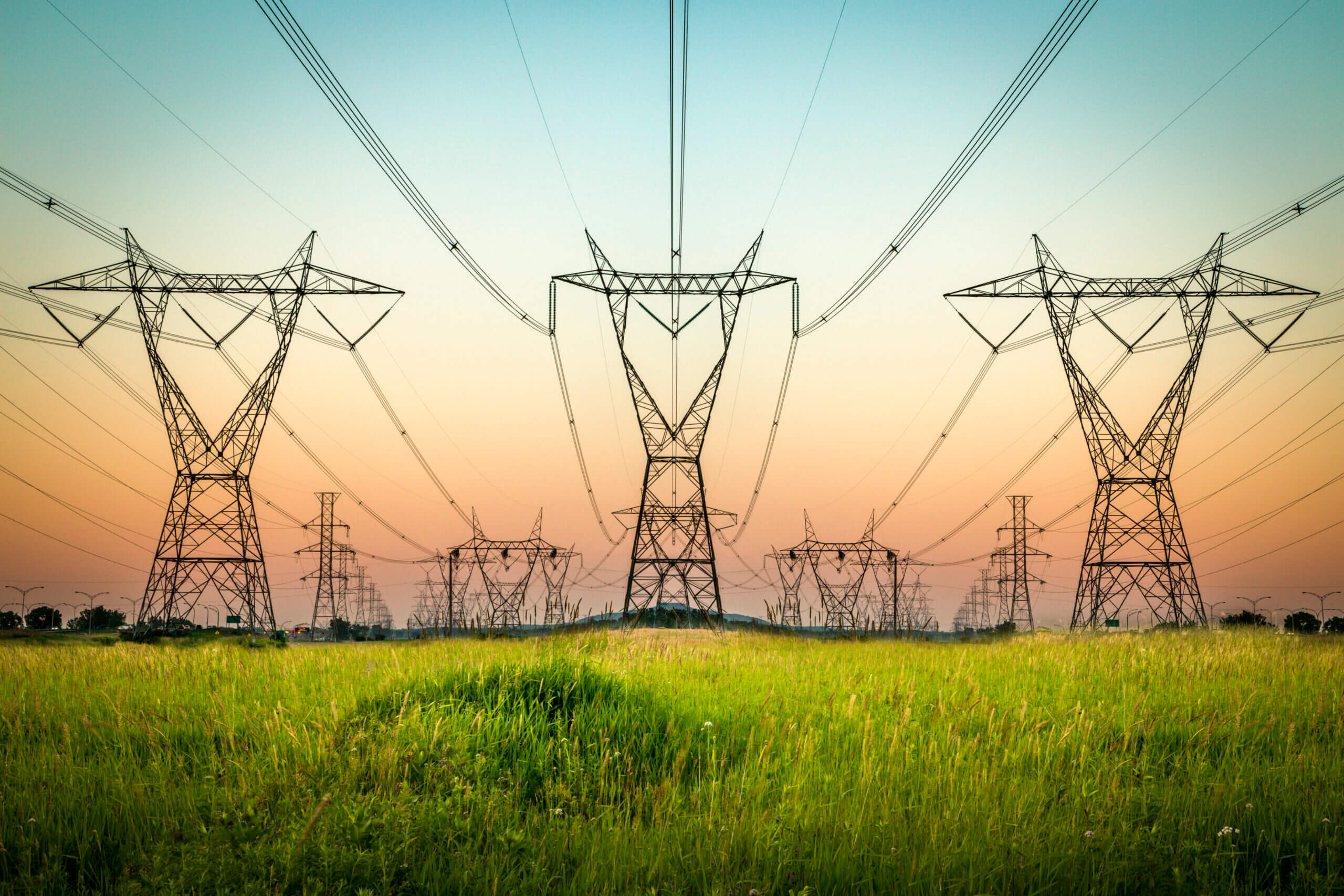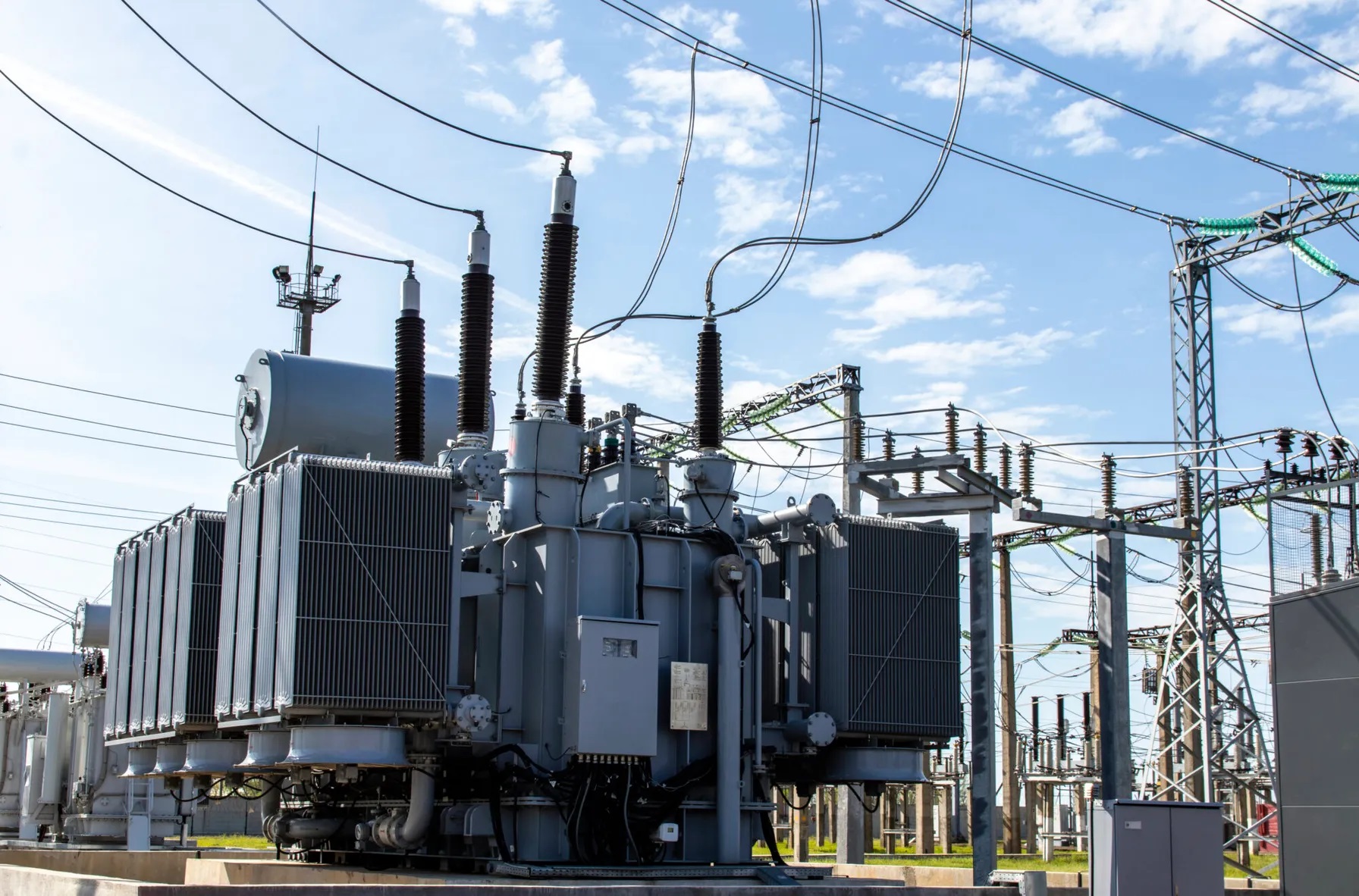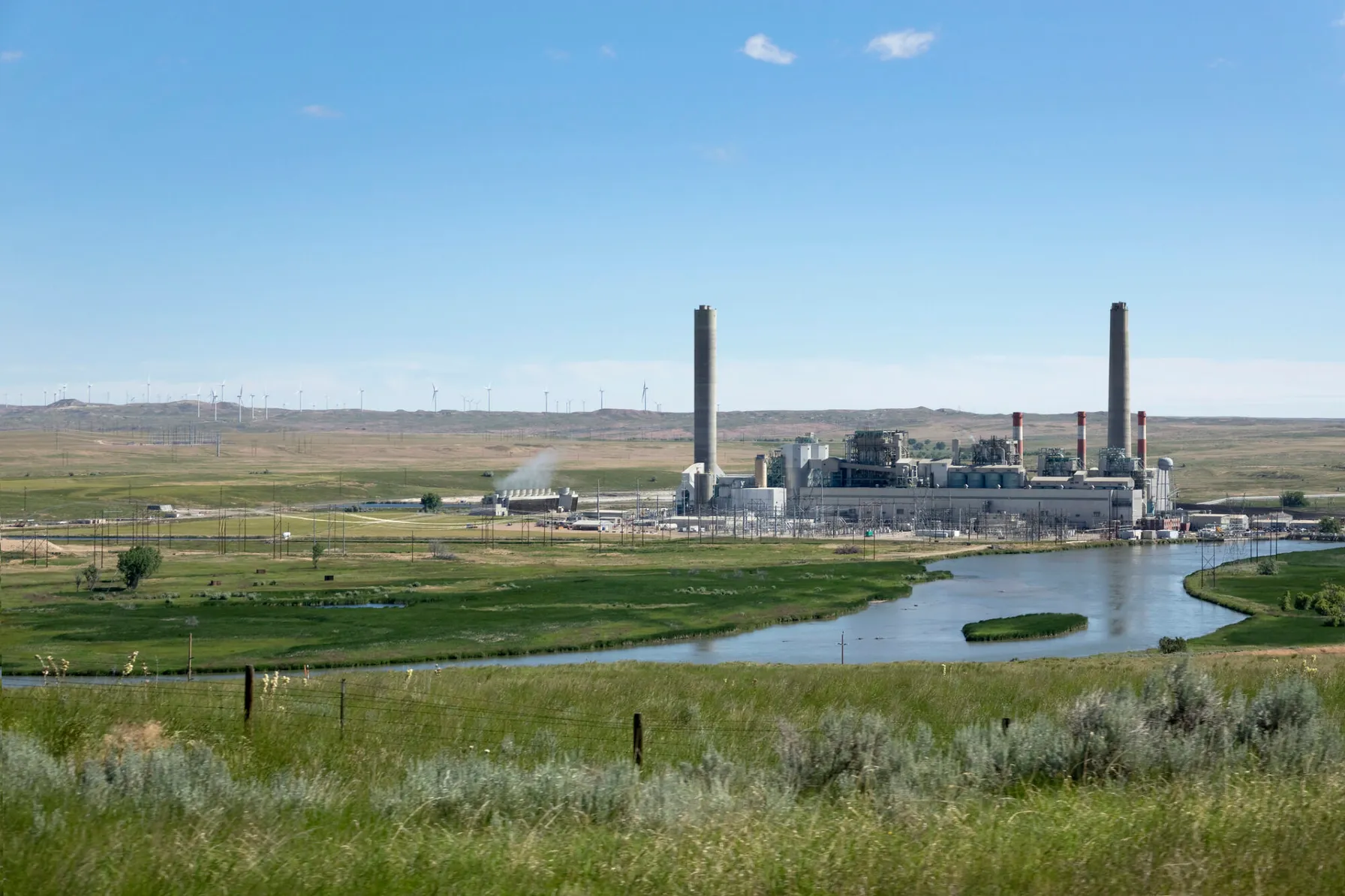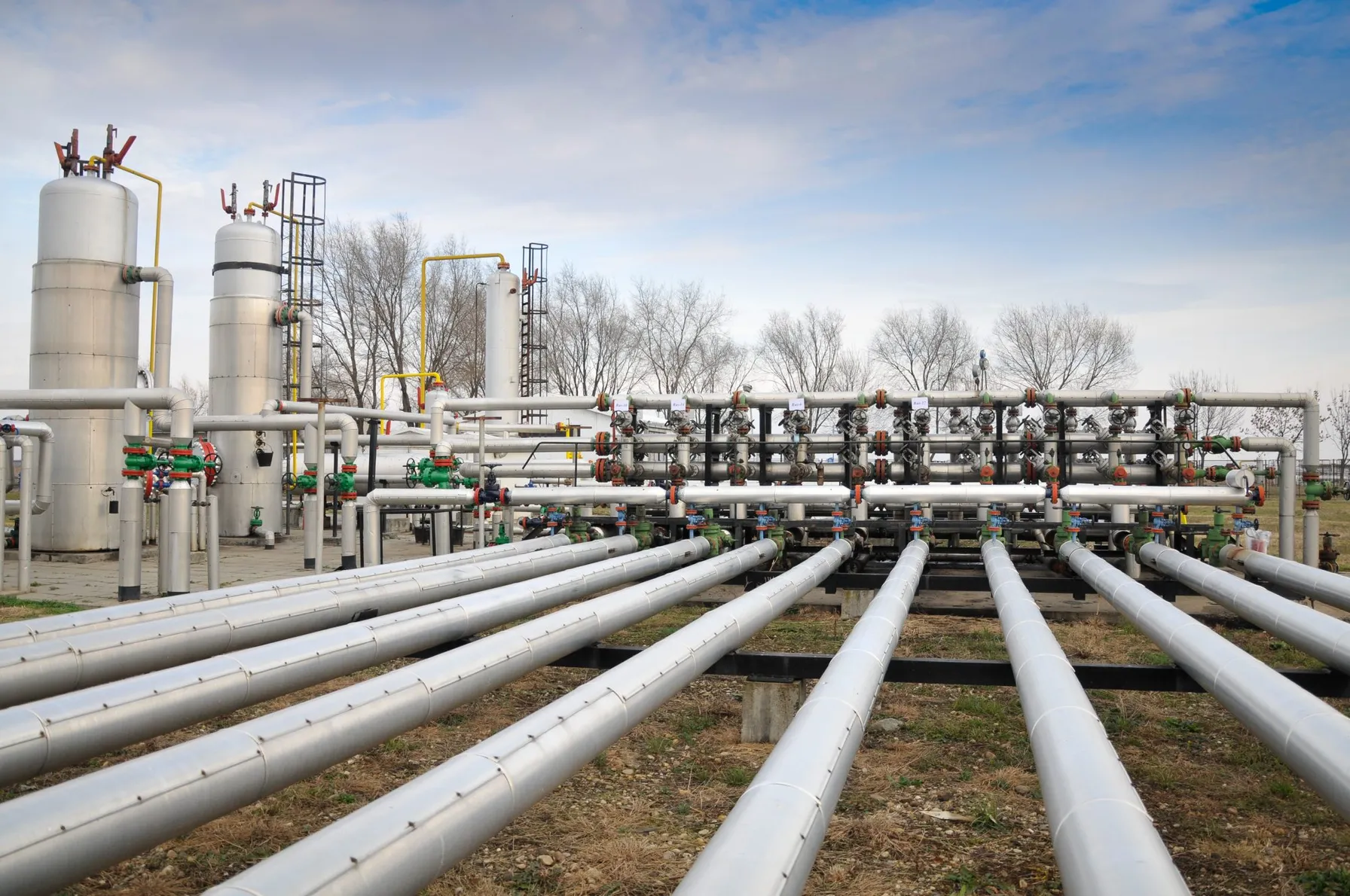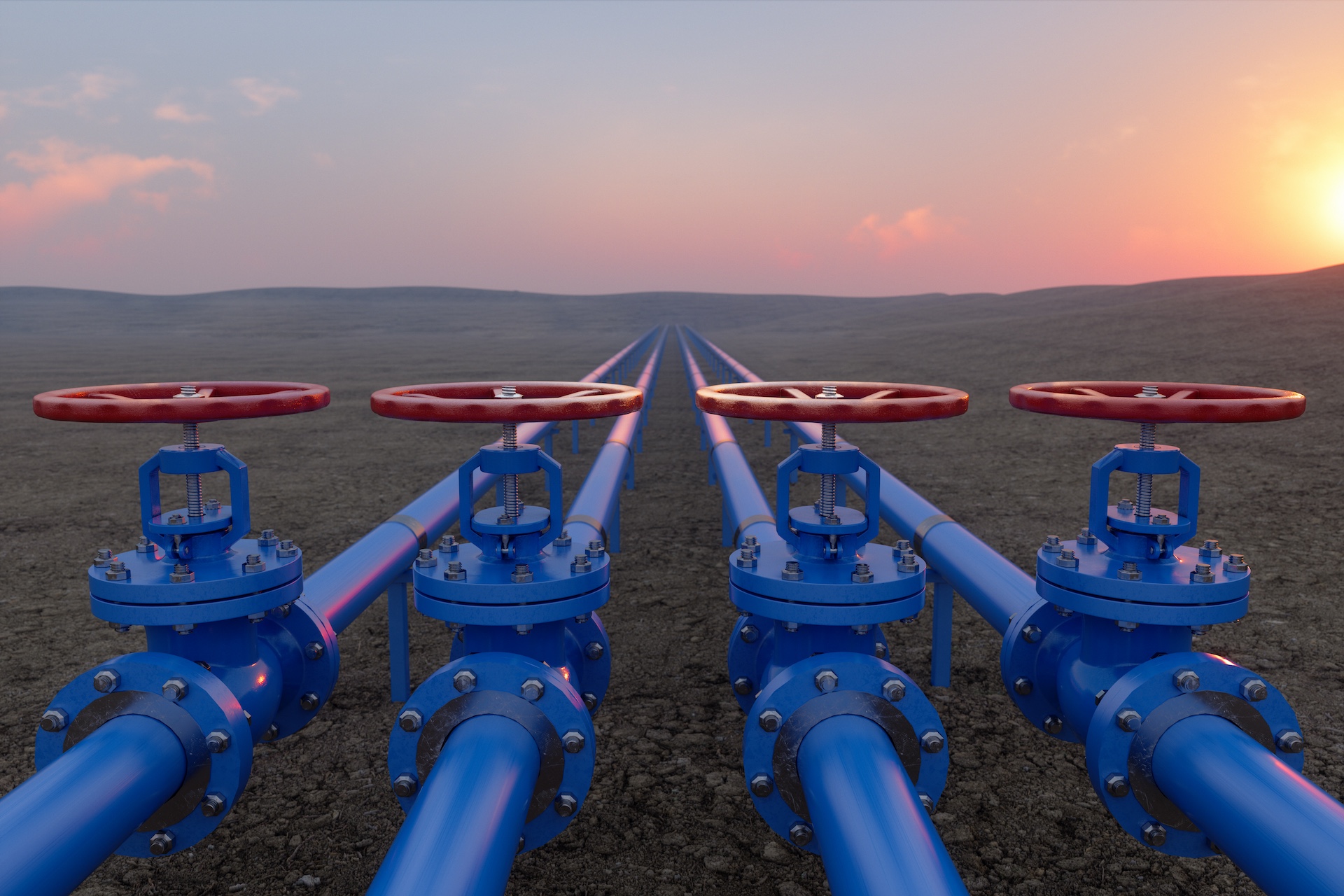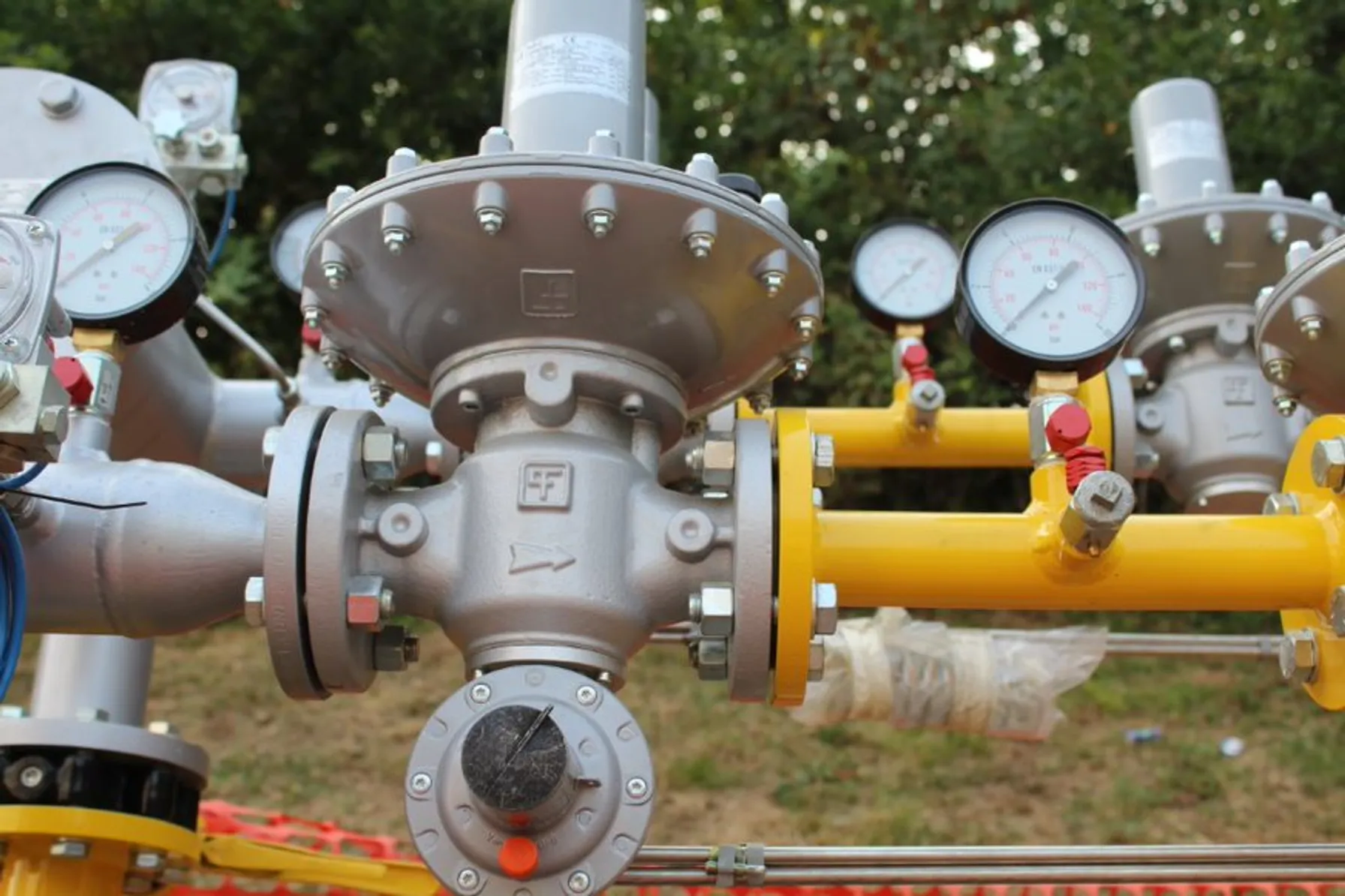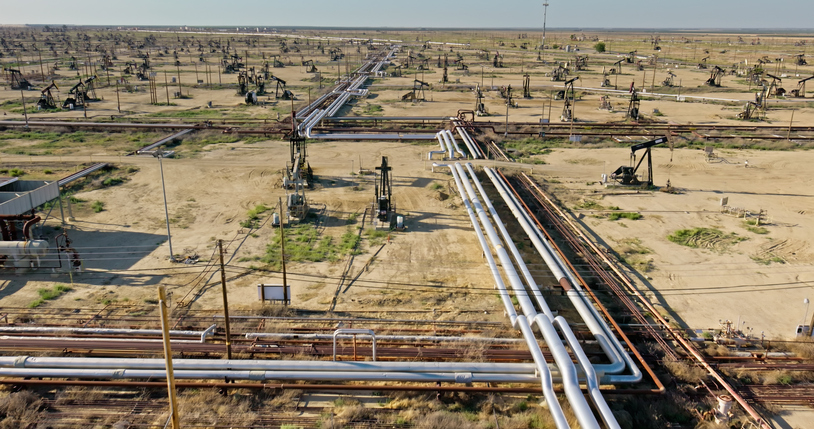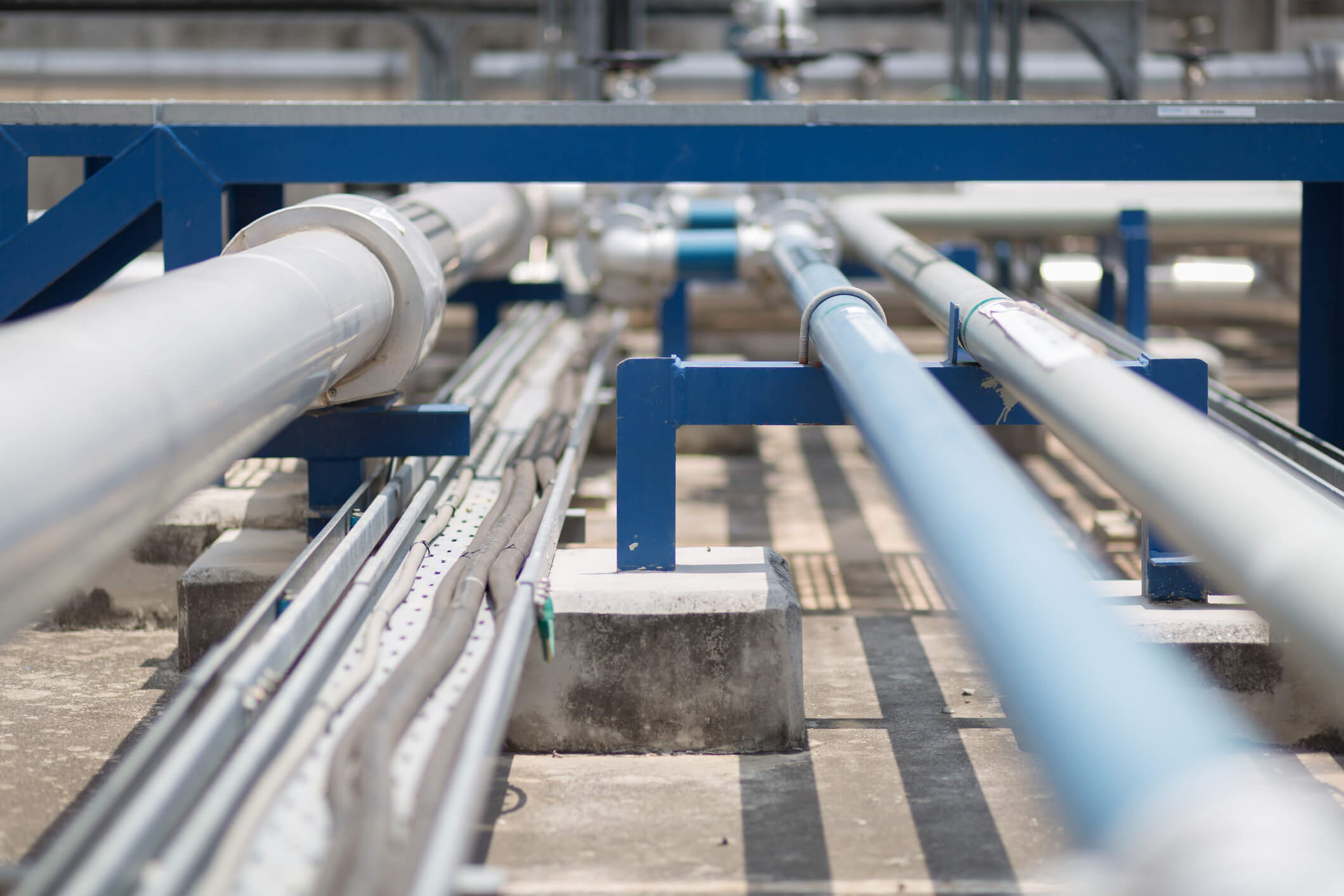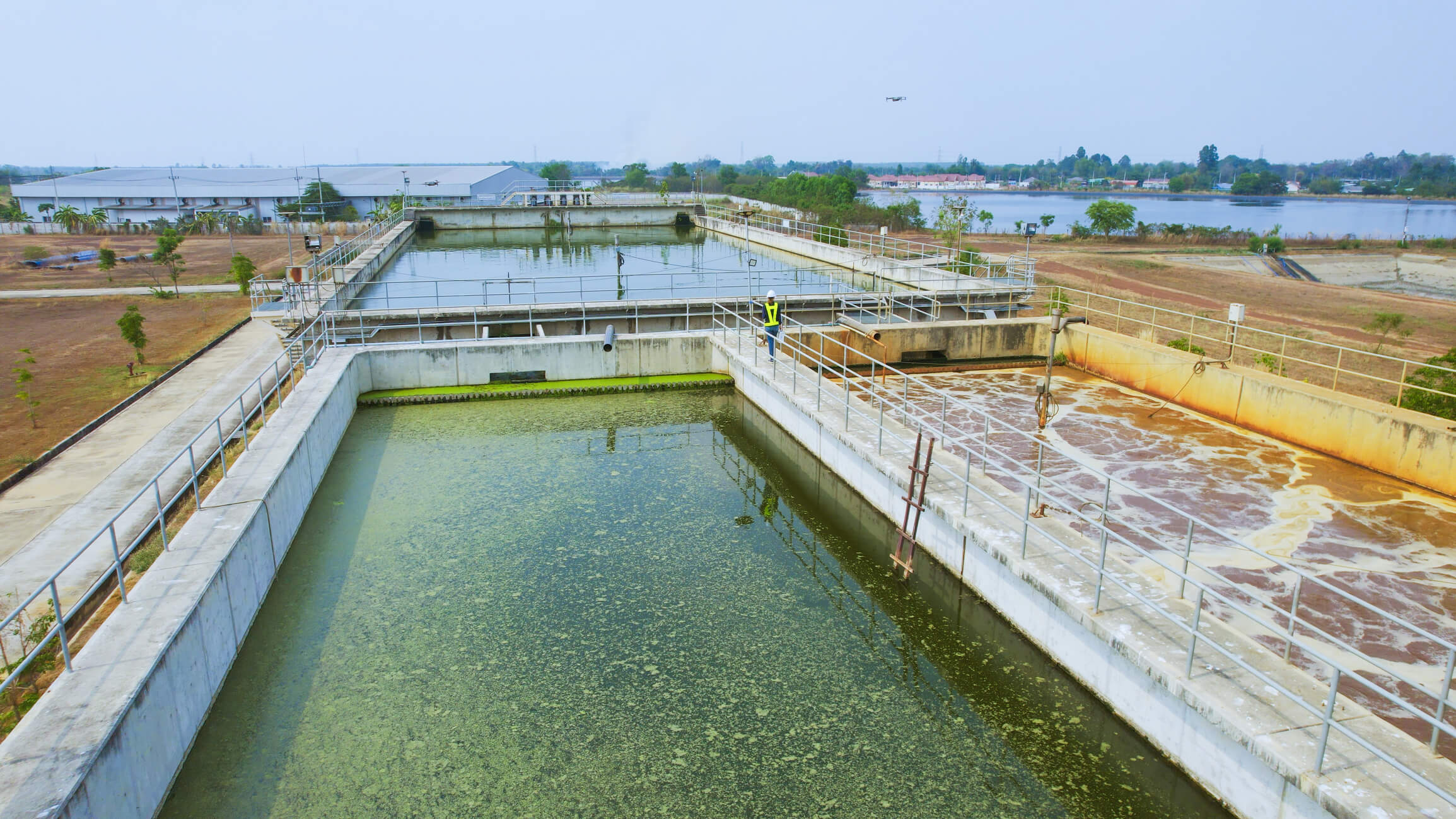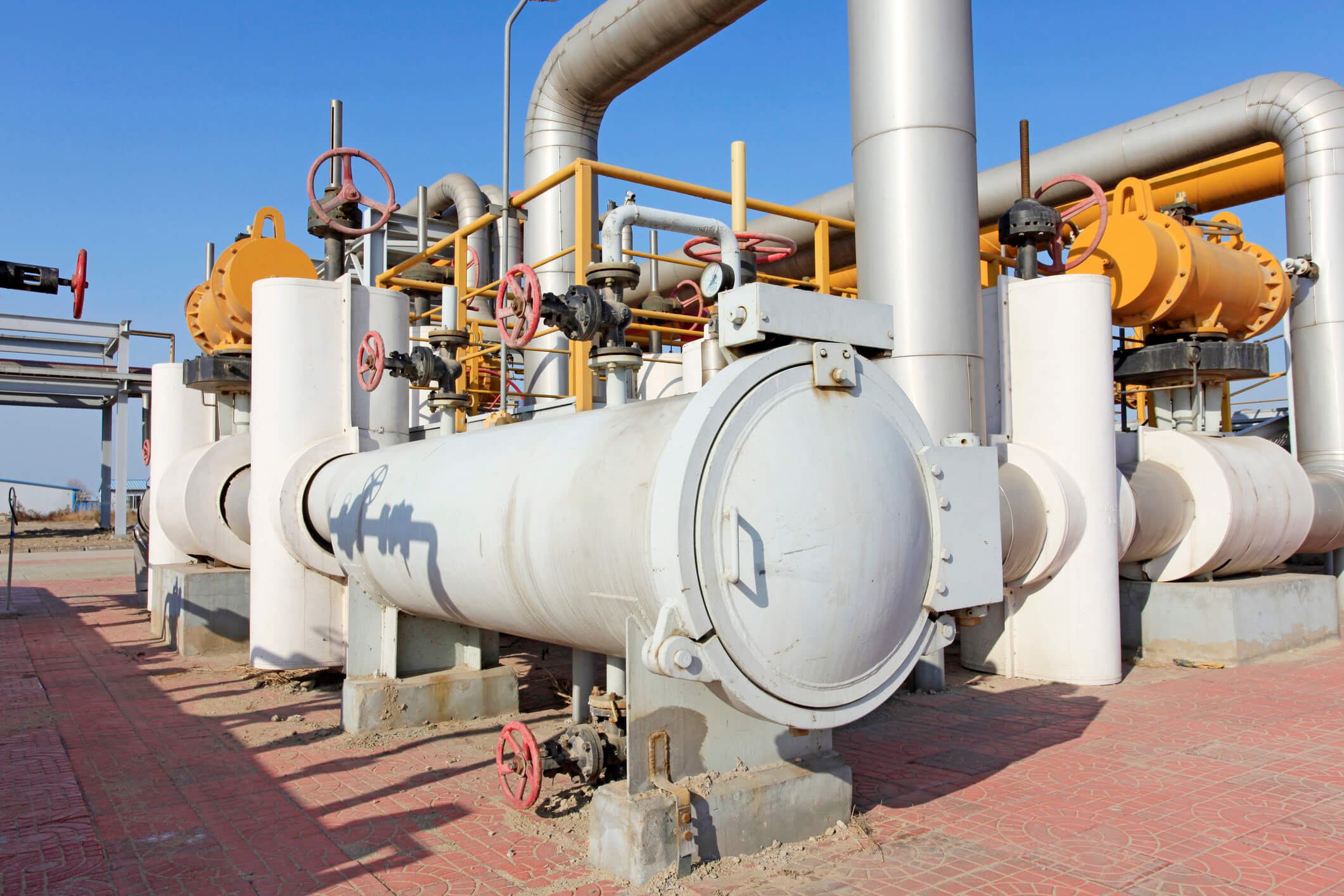Through this final rule, PHMSA is finalizing a new Section 192.624 to address these mandates and recommendations. This final rule requires that operators reconfirm and document MAOP for certain onshore steel gas transmission pipelines located in HCAs or “moderate consequence areas” (MCAs) that meet one or more of the criteria specified in § 192.624(a). More specifically, this section applies to (1) pipelines in HCAs or Class 3 or Class 4 locations lacking traceable, verifiable, and complete records necessary to establish the MAOP (per § 192.619(a)) for the pipeline segment, including, but not limited to, hydrostatic pressure test records required by § 192.517(a); and (2) pipelines where the MAOP was established in accordance with § 192.619(c), the pipeline segment’s MAOP is greater than or equal to 30 percent of SMYS (Specified Minimum Yield Strength), and the pipeline is located in an HCA, a Class 3 or Class 4 location, or an MCA that can accommodate inspection by means of instrumented inline inspection tools (i.e., “smart pigs”).In the Gas Transmission Final Rule, PHMSA defined a set of pipeline segments for which operators must reconfirm the MAOP. Specifically, §192.624(a)(1) requires operators of certain gas transmission pipelines to reconfirm MAOP if, among other things, the “records necessary to establish the MAOP in accordance with §192.619(a) . . . are not traceable, verifiable, and complete” (TVC). PHMSA agreed to limit the applicability of the MAOP reconfirmation requirements of §192.624(a)(1) to those pipeline segments that do not have TVC pressure test records under §192.619(a)(2). PHMSA agreed to limit the applicability of these MAOP reconfirmation requirements in §192.624(a)(1) and determined it will not compromise safety because the availability of TVC pressure test records under §192.619(a)(2) allows an operator to establish the MAOP for the pipeline segment without the need for reconfirmation.
In addition to previous RIN1 changes, all operators must meet new repair and response, data integration and risk assessment requirements.
Part 2 of the Pipeline and Hazardous Materials Safety Administration (PHMSA) Gas Mega Rule, also known as RIN2 became effective on May 24, 2023. The major changes in RIN2 respond to lessons learned from previous incidents. The revised or added sections in 49 CFR 192 cover:
- Control for both internal and external corrosion
- Inspections following extreme weather events
- Repair criteria and response
- Management of change
- Direct assessment for internal corrosion and stress corrosion cracking
- Threat assessment and data integration
- Risk assessment
- Additional prevention and mitigation measures
Major Impacts to Operators
RIN2’s four major impacts to all operators include:
1. Management of Change (MOC)
The new rule has added the requirement to develop and follow an MOC process for segments outside high consequence areas (HCAs) for changes to pipeline or processes, whether permanent or temporary, including Technical, Design; Physical: Environmental; Procedural; Operational; Maintenance and Organizational. This process must be implemented in non-HCAs by February 26, 2024, but may be extended by one year through notification to PHMSA with sufficient technical justification.
2. Repair and Response Criteria
(192.714 & 192.933) The new requirements for pipelines outside of HCAs. Immediate response criteria are the same for HCAs and non-HCAs, while the scheduled response criteria are the same but with different response times. In combination with the changes already promulgated in Part 1, the response criteria for cracks are also defined and require consideration of ILI tolerance and conservative toughness values. Part 2 also requires pipeline operators to develop a procedure to perform Engineering Critical Assessment (ECA) for evaluation of dents and mechanical damage to establish critical strain values.
3. Data Integration
The changes in RIN2 increase the requirements for data gathering and integration. The rule expands requirements beyond ASME (American Society of Mechanical Engineers) B31.8S and prescribes more than 50 data elements that must be integrated by February 26, 2024, but may be extended by one year with notification to PHMSA with sufficient technical justification. Operators must use validated data to the extent practicable. Control measures must be in place for any subject matter expert (SME) input to assure consistency (e.g., SME training or independent expert reviews), along with documentation of names and qualifications of individuals that approvement SME input. Additionally, there are new requirements for operators to identify and analyze spatial relationship of anomalous information.
4. Risk Assessments
The requirements for risk assessments have been significantly expanded. In addition to analyzing the likelihood of failure due to individual threats, the rule also emphasizes the analysis of potential consequences of an incident for each covered segment. Beginning on February 26, 2024, operators must ensure the validity of the risk assessment methods, that risk characterization is consistent with operator’s and industry experience, considers the incident, leak, and failure history of the segments and other historical information, and include a sensitivity analysis of the factors used to characterize the likelihood and the consequences of an incident. In addition, risk assessments must evaluate potential risk reduction activities, including preventative and mitigative measures, anomaly remediation and reduced assessment intervals.
RIN1 Compliance Background
PHMSA revised the Federal Pipeline Safety Regulations to improve the safety of onshore gas transmission pipelines. PHMSA’s Gas Mega Rule is a set of pipeline safety regulations published in three Parts. Part 1 also known as RIN1, 84 CFR 52180; Final rule (RIN 2137-AE72) was effective on July 1, 2020, with rules for onshore natural gas transmission.
The major changes in RIN1 that were revised or added to 49 CFR 192 covered the following:
- MAOP Reconfirmation
- Assessments Outside of HCA
- Launcher and Receiver Safety
- Seismicity
- MAOP Exceedance Reporting
- Strengthening Assessment Requirements
- Strengthened Recordkeeping Requirements
RIN1’s five major impacts to all operators include:
If operators are missing any material properties during anomaly evaluations and repairs, operators must confirm those material properties. Any pipeline segment that is missing the records necessary to comply must meet all applicable provisions of part 192 for any future MAOP increases. An increase in MAOP must be based upon the applicable requirements for design; pressure testing; highest actual operating pressure (for any segment not re-pressure tested); and the maximum safe operating pressure based upon the pipeline history as required by §192.619(a)(1) through (4). In addition, any increase in MAOP must be based upon the class location requirements in §§192.5 and 192.611 for MAOP determination.
The requirements for reconfirming MAOP in the new §192.624 include an option for operators to perform an engineering critical assessment, or ECA, to reconfirm MAOP in lieu of pressure testing and the other methods provided. The requirements for conducting such an ECA were proposed under the MAOP reconfirmation requirements at §192.624(c)(3); however, PHMSA has moved the ECA requirements to a new, stand-alone section and cross-referenced those requirements to improve the readability of the MAOP reconfirmation requirements. Operators choosing the ECA method for MAOP reconfirmation may perform an in-line inspection and a technical analysis with acceptance criteria to establish a safety margin equivalent to that provided by a pressure test. PHMSA established the technical requirements for analyzing the predicted failure pressure as a part of the ECA analysis in a new § 192.712, and those requirements are cross- referenced within this ECA process.If an operator chooses to use ILI to characterize the defects remaining in the pipe segment and the ECA method for MAOP reconfirmation but does not have one or more of the material properties necessary to perform an ECA analysis (diameter, wall thickness, seam type, grade and Charpy V-notch toughness values, if applicable), the operator must use conservative assumptions and include the pipeline segment in its program to verify the undocumented information in accordance with the material properties verification requirements at §192.607.
PHMSA requires operators to perform integrity assessments on certain pipelines outside of HCAs, whereas prior to this rule’s publication, integrity assessments were only required for pipelines in HCAs. Pipelines in Class 3 locations, Class 4 locations, and in the newly defined MCA must be assessed initially within 14 years of this rule’s publication date and then must be reassessed at least once every 10 years thereafter. These assessments will provide valuable information to operators about the conditions of their pipelines, including the existence of internal and external corrosion and other anomalies, and will provide an elevated level of safety for the populations in MCAs while continuing to allow operators to prioritize the safety of HCAs. This action fulfills the section 5 mandate from the 2011 Pipeline Safety Act to expand elements of the Integrity Management requirements beyond HCAs where appropriate.
This rule also requires devices on in-line inspection (ILI), launcher or receiver facilities that can safely relieve pressure in the barrel before inserting or removing ILI tools and requires the use of a device that can indicate whether the pressure has been relieved in the barrel or can otherwise prevent the barrel from being opened if the pressure is not relieved. PHMSA is finalizing this requirement in this final rule because it is aware of incidents where operator personnel have been killed or seriously injured due to pressure build-up at these stations.
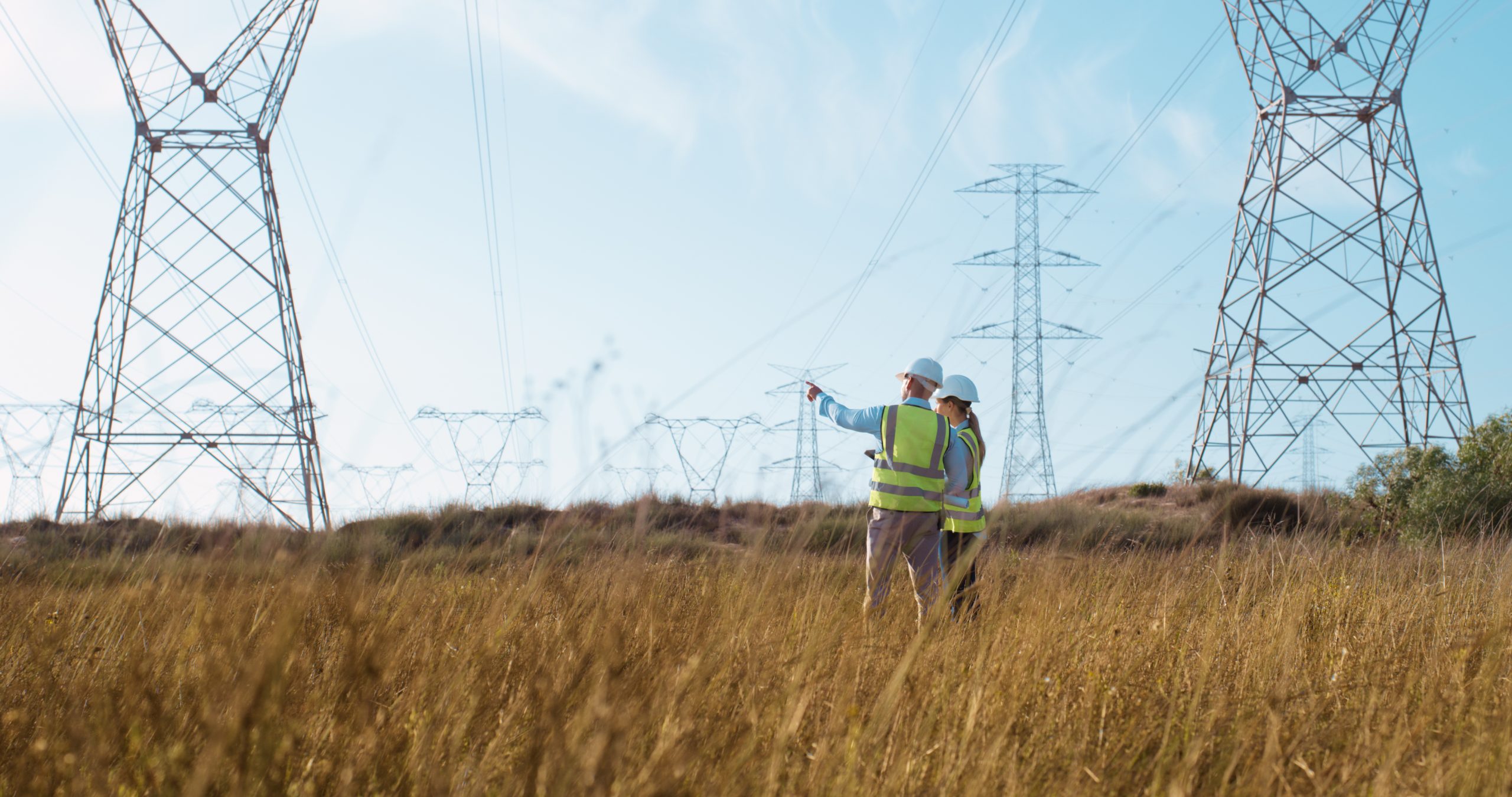
RIN1 and RIN2 Rulemaking Gap Analysis: TRC Can Help
Given the many complex changes and impacts resulting from both RIN1 and RIN2, operators should review their compliance programs and procedures against PHMSA’s IA Protocol Questionnaire set. Conducting a Gap Analysis will be critical to stay in compliance with all parts of the Gas Mega Rule.
TRC’s pipeline and gas transmission experts can provide outside compliance perspectives on the RIN1 and RIN2 Rulemakings and lead natural gas pipeline operators through Compliance Support, including Gap Analysis, Program updates, revisions and creation of Operation and Maintenance Manuals (O&M), Integrity Management Programs (IMP), Operator Qualification Manuals (OQ), Damage Prevention (DP), Control Room Management (CRM), Public Awareness Programs (PAP) on Operator’s 191, 192, 193 and 195 Distribution, Transmission and LNG Pipelines.
Our CORE team works together to ensure the experience and expertise across TRC and can be accessed to meet challenges and provide the best service to help protect our clients. Contact our experts below to learn more.
